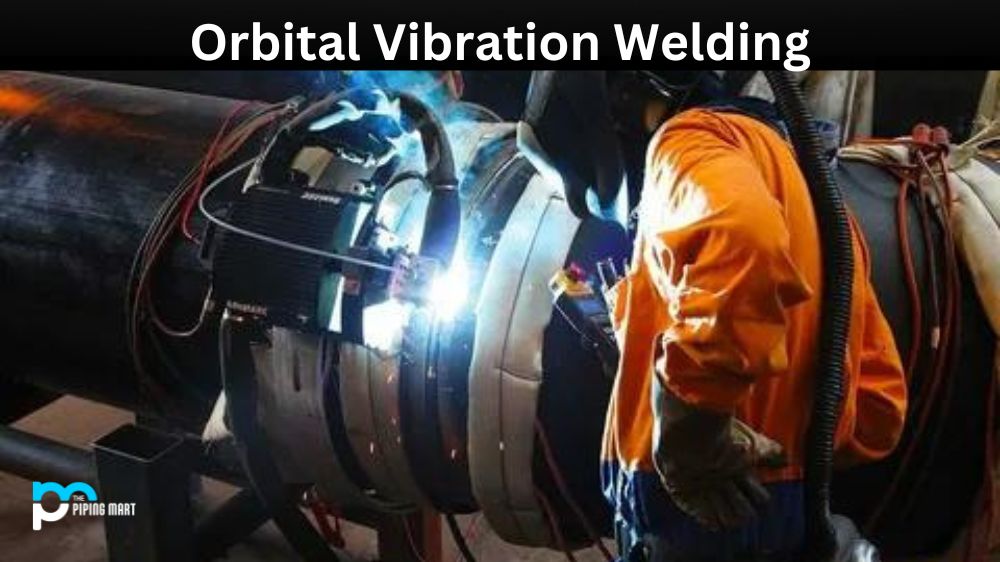Have you ever heard of the age hardening of metal and wondered what it is? Age hardening of metal is a process that involves the strengthening of metal alloys through heat treatment. This process can increase the strength, hardness, and wear resistance of certain metals, making them ideal for use in industries such as aerospace engineering and automotive manufacturing. Let’s take a closer look at how age hardening works and why it is so important.
What is Age Hardening of Metal
Age hardening is a process that is used to improve the strength and hardness of metals. The process involves exposing the metal to a high temperature, typically between 700 and 900 degrees Celsius, for a period of time. This allows the metal to form new crystals that are stronger and harder than the original crystals.
How Does Age Hardening Working?
Age hardening works by first heating the metal alloy to a certain temperature before allowing it to cool at room temperature or in the air. This process causes small atoms within the alloy to rearrange themselves into larger structures called precipitates. These larger structures are what give the metal its increased strength and hardness.
The process of age hardening also involves something called overaging, which occurs when too much heat is applied during the ageing process and causes some of the atoms within the alloy to become unstable. Overaged metals tend to be more brittle than those that have been properly aged, so it is important to apply just the right amount of heat during this process.
Age-Hardened Metals Uses
Age-hardened metals are used in many industries due to their increased strength, hardness, and wear resistance. Automotive manufacturers often use age-hardened metals for engine components such as pistons and valves because these parts need to be able to withstand extreme temperatures and pressures without breaking down over time. Similarly, aerospace engineers rely on age-hardened metals for aircraft components such as landing gear struts because these parts need to be able to handle high-speed impacts without becoming damaged or distorted. Age hardening is used in order to improve the strength and hardness of metals. The process can be used on both ferrous and non-ferrous metals and is often used on metals that are difficult to weld or machine. Age hardening can also be used to improve the corrosion resistance of metals.
How is Age Hardening Done?
Age hardening is typically done by heating the metal in an oven or furnace at a high temperature for a period of time. The exact temperature and time will vary depending on the type of metal being treated. After the metal has been heated, it is then cooled rapidly in order to lock in the new crystal structure.
Benefits of Age Hardening
The benefits of age hardening include improved strength, hardness, and corrosion resistance. Age hardening can also make metals easier to weld and machine, as well as improve their wear resistance.
Drawbacks of Age Hardeningw
The main drawback of age hardening is that it can make metals more brittle, which can lead to increased breakage or failure under stress. Additionally, age hardening is a permanent process, so once a metal has been age hardened, it cannot be reversed.
Conclusion:
Age hardening of metal is an incredibly useful process that can drastically improve the strength, hardness, and wear resistance of certain metals. It’s no wonder; then, those age-hardened metals are used in a variety of industries, including aerospace engineering and automotive manufacturing! If you’re looking for a material that can stand up against extreme temperatures or pressures without breaking down over time, then age-hardened metal might just be what you need!

A passionate metal industry expert and blogger. With over 5 years of experience in the field, Palak brings a wealth of knowledge and insight to her writing. Whether discussing the latest trends in the metal industry or sharing tips, she is dedicated to helping others succeed in the metal industry.




